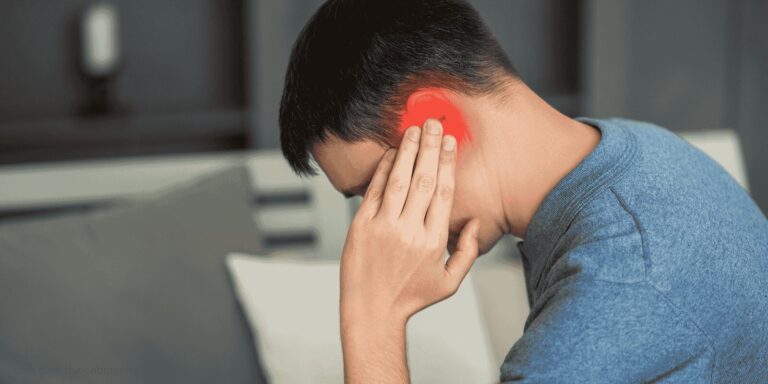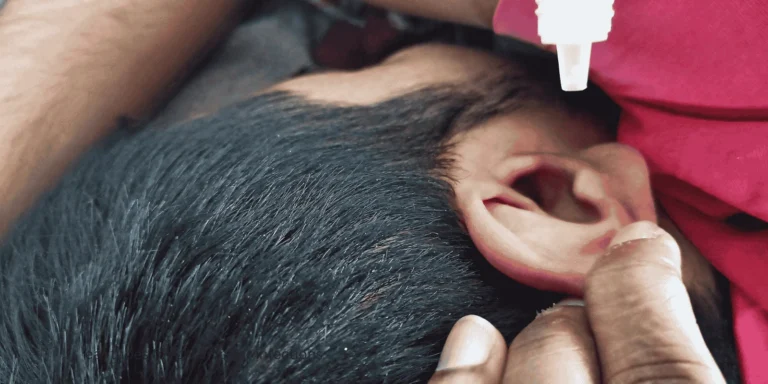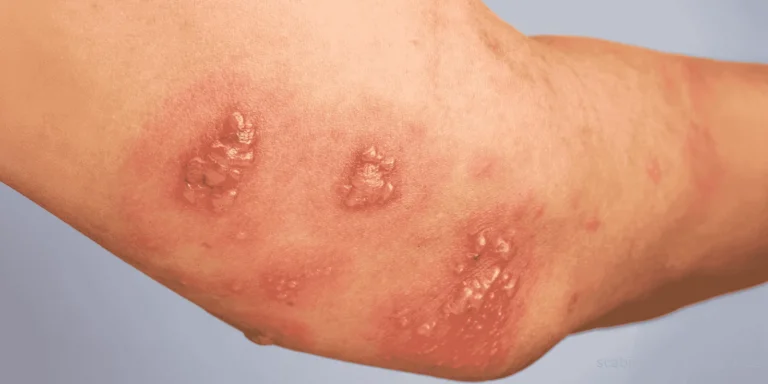Swimmer’s ear—infection of the outer ear canal—causes pain that can be excruciating. While you need prescription antibiotic ear drops to actually cure the infection, over-the-counter medications can help manage symptoms and speed recovery.
Let me walk you through what provides relief while the prescription medication does its work.
Pain Relief Is Critical
Ibuprofen works best for swimmer’s ear pain because it reduces both pain and inflammation in that narrow ear canal. Take 400-600 mg every 6-8 hours with food.
The pain from swimmer’s ear can be intense—worse than middle ear infections in some cases. Don’t try to tough it out. Adequate pain control helps you function while healing.
Acetaminophen also works if you can’t take ibuprofen. Use it every 4-6 hours as needed, staying under 3,000 mg daily.
Some people alternate between ibuprofen and acetaminophen for severe pain, but talk to a doctor before doing that regularly.
Drying Drops for Prevention
Once the infection is treated, prevention drops help avoid recurrence. These contain alcohol or acetic acid that dries out the ear canal after swimming.
You can make your own: mix equal parts white vinegar and rubbing alcohol. Put a few drops in each ear after swimming or showering.
Commercial products like Swim-Ear work the same way. Don’t use these during active infection though—they’ll burn terribly in inflamed ears. Wait until you’re healed.
What Doesn’t Work
Regular pain-relieving ear drops from the drugstore won’t help swimmer’s ear. They’re designed for middle ear infections and don’t reach the outer ear canal where swimmer’s ear lives.
Antihistamines won’t help unless you also have allergies. They don’t treat the infection or reduce inflammation in the ear canal.
Those “ear infection” homeopathic drops have no evidence supporting their effectiveness for swimmer’s ear.
Why You Need Prescription Drops
Here’s the critical part—you can’t cure swimmer’s ear with over-the-counter products. You need prescription antibiotic ear drops.
The infection is in the ear canal, so oral antibiotics don’t work well. The medication needs to be applied directly where the infection is.
Through telemedicine, I can diagnose swimmer’s ear based on your symptoms and prescribe appropriate antibiotic drops. You can pick them up at your pharmacy the same day.
Speeding Recovery
Keep your ear dry while treating the infection. Use a shower cap or cotton with petroleum jelly over the opening during showering. Don’t swim until the infection is completely healed.
The prescription drops usually need to stay in your ear for several minutes to work. Lie on your side after putting drops in, with the affected ear facing up, for at least 5-10 minutes.
Don’t use cotton swabs in your ear—they can damage inflamed tissue and push infection deeper.
Apply a warm compress to the outside of your ear for comfort. This doesn’t treat the infection but can ease pain between medication doses.
When to Worry
Most swimmer’s ear improves within 2-3 days of starting prescription drops, with complete healing in 7-10 days.
If pain worsens despite treatment, fever develops, or you notice swelling around the ear or face, contact your doctor immediately. These could signal complications requiring different treatment.
Prevention Works
Once you’ve had swimmer’s ear, prevention becomes important. Use those drying drops after every swim. Consider earplugs for swimming. Avoid putting anything in your ears that could scratch the canal lining.
The bottom line? Over-the-counter pain medications help you feel better, but prescription antibiotic drops are essential for curing swimmer’s ear.











